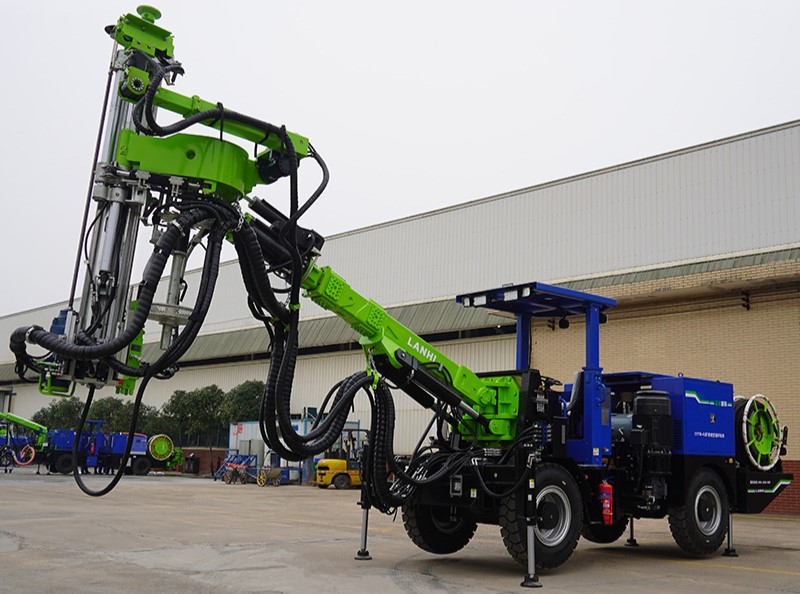Anchor drilling rigs are machines used in anchoring projects, primarily for landslide and dangerous rock anchoring projects in hydropower stations, railways, and highway slopes for geological disaster prevention and control. They are particularly well-suited for anchoring high-slope rock masses. They are also suitable for constructing deep urban foundation pit support, anti-floating anchor bolts, foundation grouting reinforcement holes, blasting holes, high-pressure jet grouting piles, and tunnel pipe support holes.

Anchor drilling rigs come in a variety of types. They can be divided into electric, hydraulic, and pneumatic types based on power source; crawler, tire, and fixed types based on mobility; and horizontal, vertical, and multi-angle types based on drilling direction. Different types of anchor drilling rigs are suitable for different working environments and operational requirements. Fully hydraulic anchor drilling rigs use hydraulic power for rotation, propulsion, and auxiliary operations. The hydraulic station is driven by an electric motor or internal combustion engine. These rigs offer a wide adjustment range, are suitable for larger hole diameters and depths, have excellent hole-cutting and anti-sticking capabilities, and are flexible and easy to operate. Electric-hydraulic anchor drilling rigs are powered by electric motors for rotation and hydraulics for propulsion and auxiliary movements.
Key technical parameters of anchor drilling rigs include drill diameter, depth, drilling speed, and power. When selecting a suitable anchor drilling rig, factors such as the geological conditions of the operating environment, the size of the workspace, drilling requirements, and economic costs should be considered.
With the continuous advancement of engineering technology and growing market demand, the performance of anchor drilling rigs is also constantly improving. For example, more efficient hydraulic systems, more precise control systems, and more user-friendly operating interfaces are being adopted to enhance operational efficiency and safety. Furthermore, environmental protection and energy conservation have become important development priorities for anchor drilling rigs, such as reducing noise and vibration, and lowering energy consumption.





